We’ve spent some time writing about acidity in brewing and testing mash pH, but we haven’t touched on another aspect of brewing that interests us: the bugs! Different varieties of yeast are used for certain roles in fermentation, and they can also produce different results. We put together a yeast guide to help you determine what to use.
Top-Fermenting Yeast
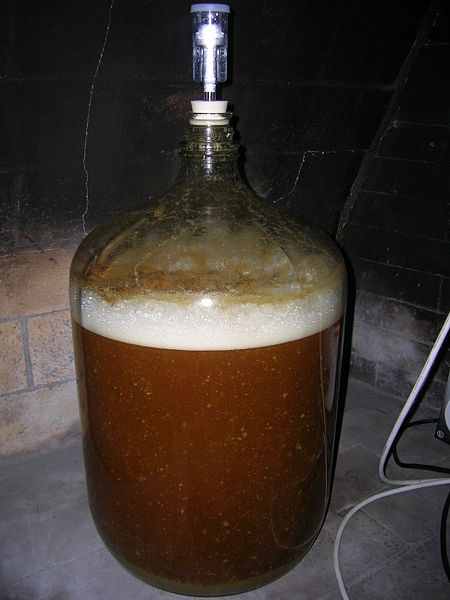
There are two main varieties of yeast used in brewing: top-fermenting and bottom-fermenting. Top-fermenting yeast tends to rise to the surface during fermentation, gathering at the surface which creates a thick, rich yeast head. This usually occurs during the first few days of fermentation.
Saccharomyces cerevisiae is the top-fermenting yeast. It has been used for fermentation and baking for thousands of years. It can grow and reproduce both with and without oxygen. It survives without oxygen by converting sugars into CO2 and alcohol, which is the process of fermentation. The image shown at the beginning of this article is of Saccharomyces cerevisiae grown on Nutrient TTC agar on one of our NUT/MALT dipslides.
Top-fermenting yeast is best suited for temperatures from 65-77°F. At lower temperatures, the yeast can slow down and go dormant. The warmer temperatures promote fermentation by-products that add to the flavor and aroma of beer.
Not only do these yeasts prefer warmer temperatures, but they are also able to tolerate higher alcohol concentrations than bottom-fermenting yeast. They are unable to ferment some sugars, resulting in a fruitier, sweeter beer. Top-fermenting yeasts are used for brewing ales, porters, stouts, Altbier, Kölsch, and wheat beers.
Bottom-Fermenting Yeast
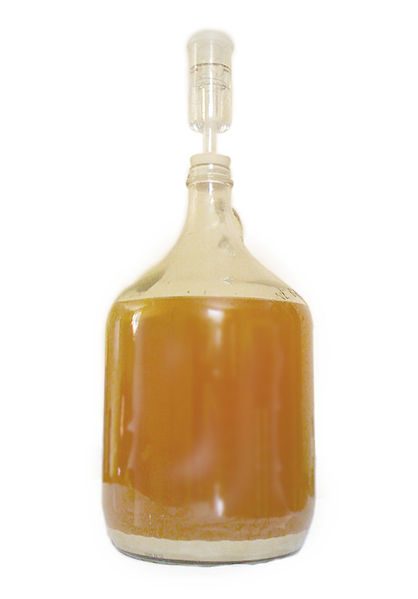
Bottom-fermenting yeasts prefer cooler temperatures from 50-55°F. At these temperatures, the yeasts grow slower than top-fermenting yeasts. With less surface foam, they tend to settle out to the bottom of the fermenter as fermentation nears completion.
Saccharomyces uvarum is the bottom-fermenting yeast. It can ferment certain long-chain sugars that top-fermenting yeast can’t, which gives beer a lighter, crisper taste. This is why bottom-fermenting yeasts are used for brewing lagers.
Yeast Strains
Although there are only two main varieties of yeast used in brewing, there are hundreds, if not thousands of yeast strains. Different strains provide different flavors, and they have been developed over time in response to the brewing conditions and beer styles made at particular breweries. Yeast is very sensitive to local conditions, so much that two different brewers could use the same yeast strain but produce beers with different yeast profiles.
While the results achieved from yeast vary widely, there are still generalized geographical families of yeast strains.
- English Yeasts – Developed to leave a malt forward profile with high levels of fruity esters.
- Belgian Yeasts – Produce beers with a particular combination of banana and cherry flavored esters with black pepper phenols.
- German Wheat Yeasts – Produce beers with strong banana and clove flavor.
- American Ale Yeasts – Produce lager-like beers with clean, low ester and phenol profiles.
When selecting yeast strains, you’ll find differences in strains recommended for homebrewing and professional brewing. You’ll also find recommendations from suppliers for optimum fermentation temperatures, flocculation, attenuation, alcohol tolerance and descriptions of the resulting flavor. Next week, we’re looking at so-called “wild yeasts” and bacteria that produce sour ales.
Going Further
Curious about how some of these yeast strains you’re using look on a dipslide? Try growing them on our Nutrient TTC – Malt dipslide to see what results you get!



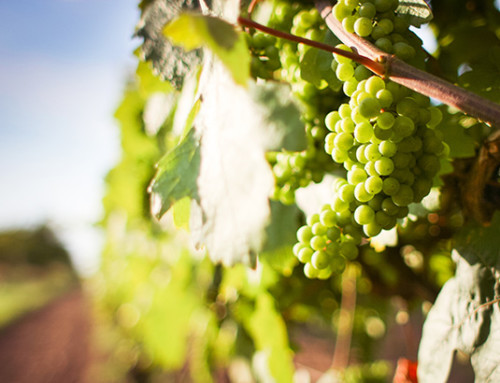
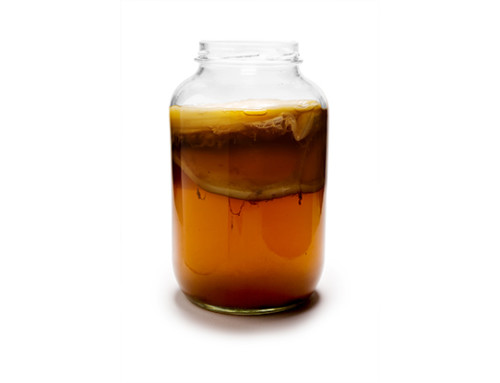
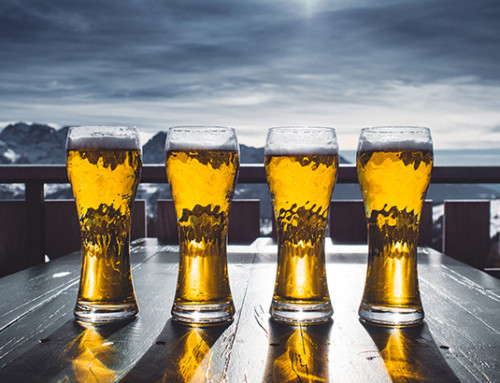
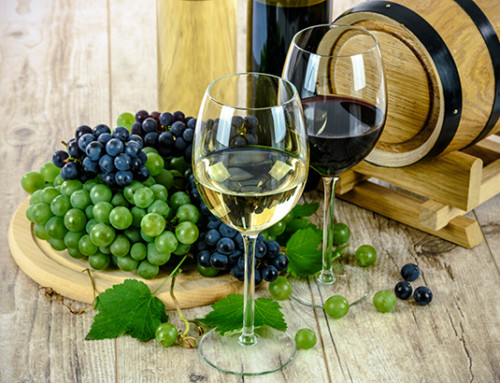
Leave A Comment